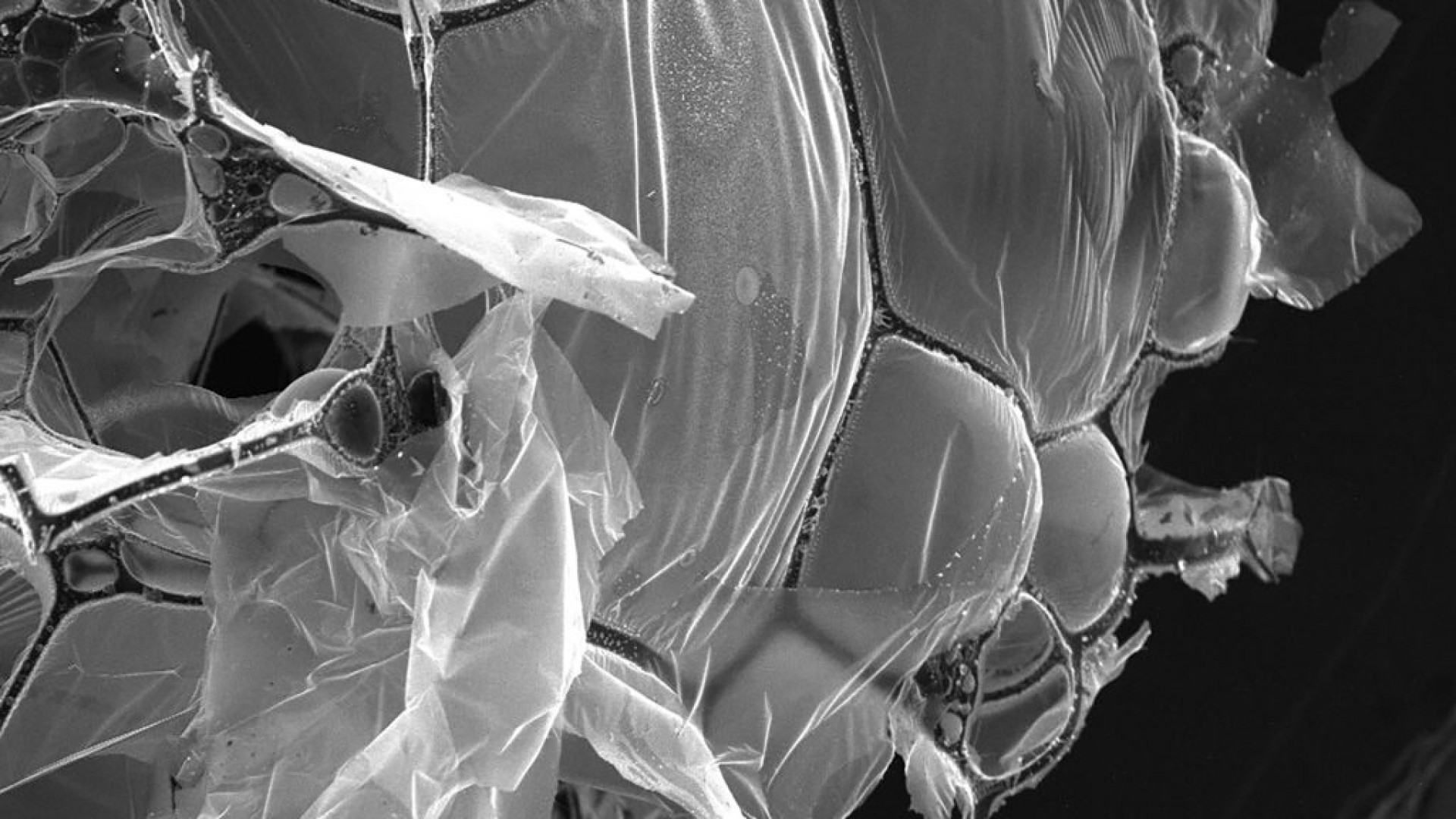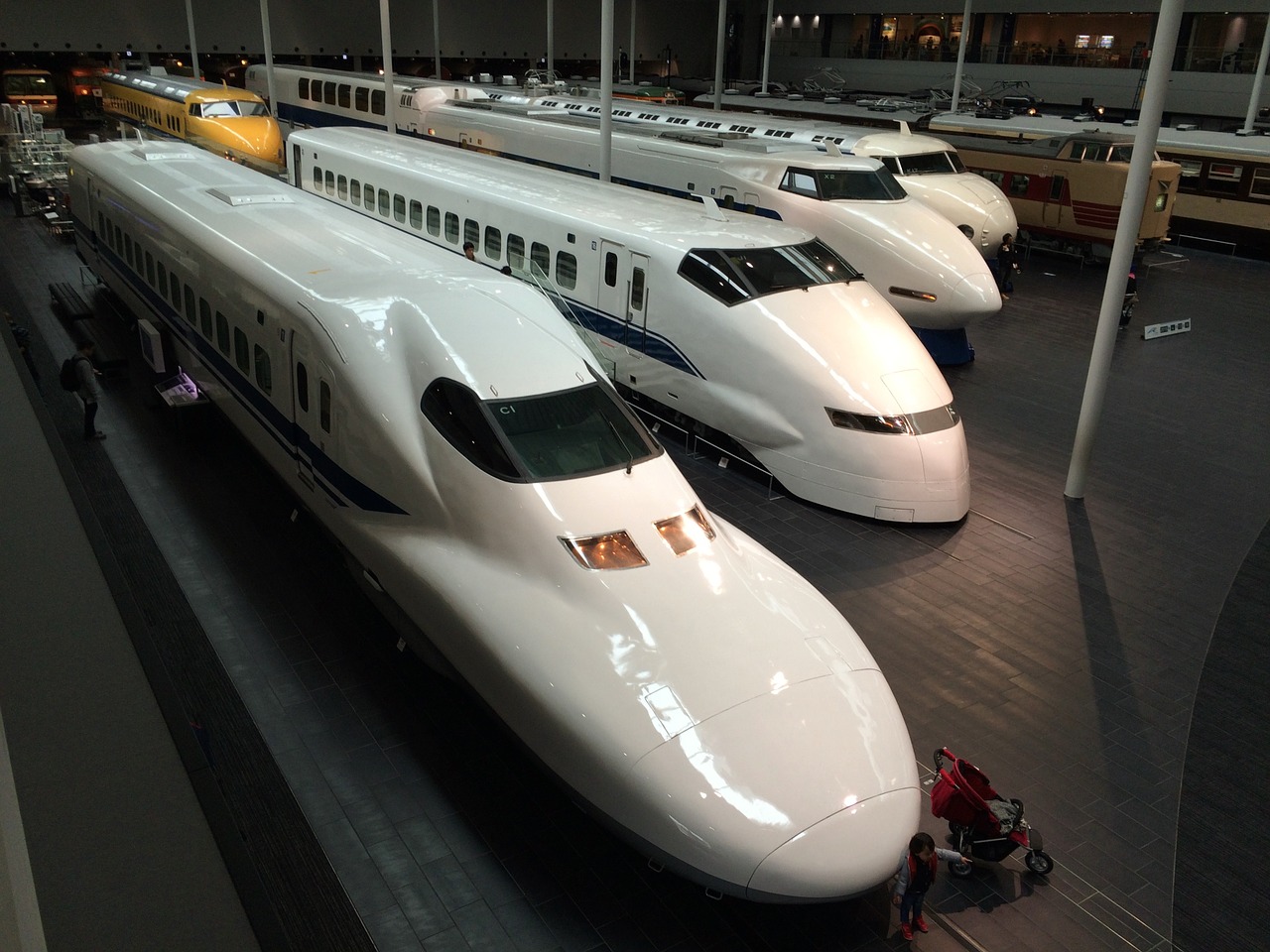When the face of cities undergoes changes over time, the matters of its maintenance and rehabilitation of structures that have become outdated also take on special significance. All around the globe, the urban territories are challenged with the problem of modernizing the constructions that existed for decades, if not centuries. Such structures have cultural significance and historical and architectural significance, yet may turn out to have safety hazards, inefficient, and incapable of satisfying today’s requirements. This guide investigates the issues of renewing old structures, the management solutions that exist, and the advantages of refreshing our cities.
The Importance of Renewing Aging Buildings:
The infrastructure of the streets and urban areas is best characterized by aging buildings which include homes, workplaces as well and art treasures. However, many such structures belong to different ages and are made of materials and technologies that are unsuitable in the present. Some of the problems that are associated with old buildings include; structural problems, electrical and plumbing problems, and insulation problems. These problems can cause an increased use of energy, high costs of maintenance, and even expose people to unfavorable conditions.
Also, many old structures, especially those that were constructed many years ago, do not have standard facilities and codes that are required by the current building codes, leading to building weaknesses and risky habitations. Rehabilitating these structures enables them to perform a vital role in their intended purpose and capacity to serve the people; it also avails these utilities for the benefit of the people or those who intend to rent them; it also assists in conserving the structures since they are of historical and cultural significance.

By refilling old structures and using them in a different manner, this renewal process will help to save costs for new construction, hence reducing the impacts on the physical environment.
It is not merely the restoration of older structures that are in dire need of a makeover; it is the rejuvenation of structures with references to functionality and longevity. With growing incidences of climate change as evidenced by increased temperatures, ability to accommodate rainwater, and increased frequency of storms, buildings have to be sacrosanct to handle these tests.
Greening buildings to prepare them to better withstand, sustain less, and quickly bounce back from natural calamities means improving a building’s capacity to respond to acts of God. Possible measures could include replacing roofing to enable them support for heavy rain or snowfall, strengthening the walls or other parts of the building that may be vulnerable to forceful winds as well as checking on the drainage system.
Modern Solutions for Renewing Infrastructure

Structural Reinforcement:
This is the main issue typical of aging buildings; corrosion affects infrastructures, and it is strenuous to determine the extent of the problem without inspection. The strength of such construction elements as concrete, steel, and wood degrades over time, and the structures based on them can collapse.
The improvement of structure in modern technologies such as CFRPs – Carbon Fiber Reinforced Polymers which denote high-strength materials that do not increase the mass of structures. They are used on buildings and other structures to improve their strength and durability and or to increase their span.
Another important factor is seismic retrofitting, this is more often used in areas that have frequent cases of earthquakes. Some measures like base isolation and energy absorbers like dampers can be employed to decrease the seismic forces on buildings in order to make them more resistant during an earthquake. The above methods assist in preventing the loss of structural forms of buildings and safeguard the lives of the occupants.
Energy Efficiency Upgrades:
Historical structures are usually characterized by low energy performance; they usually apply outdated heating, ventilation, and air conditioning (HVAC) systems. Optimizing these systems can result in large energy savings and lower the release of carbon into the environment. Contemporary measures include the replacement of the Heating Ventilation and Air-Conditioning, (HVAC), light-emitting diode (LED) bulbs, and intelligent thermostats. Further, re-examining the interlocking of the buildings with better insulation and energy-efficient windows helps in cutting down a lot of energy usage.
They can take a number of other measures including the addition of other renewable energy sources such as solar and geothermal for additional energy-efficient innovations. These systems help decrease the dependency on fossil fuel energy and are considered part of a building’s sustainable framework. For instance, the use of solar systems on the roofs or the construction of geothermal heating systems can assist in producing clean energy sources needed to power the appliances in the building.

Sustainable Materials and Practices:
Introducing the materials and practices that are more friendly to the environment into the process of renewal is essential. These are such as providing recycled or local materials, applying green roofs or having solar panels. Such measures mitigate effects like unhealthy carbon dioxide emissions hence improving the natural urban ecosystems. Of all the vegetative roofs, green roofs are more advantageous in various ways.
They offer protection, help minimize erosion manage the amount of water getting into water bodies after a rainy season, and purify the air. Through the introduction of green roofs, building structures are capable of decreasing their energy usage for heating and cooling besides providing homes for urban wildlife. This integration of nature into urban spaces enhances biodiversity and promotes ecological balance.

Smart Building Technology:
Smart technology has found its way into buildings to make the management and maintenance processes range from smooth to efficient. Smart building systems are then digital interfaces that are used to control and supervise several elements in a structure such as lighting, temperatures, and security systems, among others. These systems can help manage energy consumption, comfort, and safety in buildings through real-time information and notifications to the building managers.
One of the main benefits of smart technology is perhaps the fact that tangible assets are able to use predictive maintenance as a way to help head off any potential problems. This means that through analyzing data from sensors, the building managers can be in a position to know the parts that require reconstruction before they malfunction, hence, cutting short on the amount of time that the equipment will be out of service or the money needed to repair these parts. For instance, they can measure deviations in the equipment’s performance and send notifications to maintenance employees to resolve emerging problems.

Accessibility Improvements:
These older structures were not created with the mobility of individuals with disabilities in mind; therefore, movement in such structures is a challenge. The current-day measures used entail the construction of ramps, elevators, and automatic doors and the redesigning of facilities to accommodate wheelchairs and other devices. These upgrades make it possible to bring every building into present-day compliance as regards the accessibility of the disabled.
When speaking of designing with accessibility, one should also mention the aspects of sensory disabilities. Special facilities such as tactile markers, sound signals, and/or light signals enable people with vision or hearing disorders to move around more conveniently. Such access and functional barriers address elements that ensure that the buildings’ barrier-free environments allow everyone to appreciate them.
Benefits of Renewing Aging Buildings
Renewing aging buildings offers numerous benefits for the structures themselves and the communities they serve. These benefits include:
- Preservation of Heritage: Restoration and refurbishment of historical structures gives one the opportunity to promote the history of people and keep up with the traditions in built environments. Such structures complement the history of a given city and make it possible to feel the human touch.
- Economic Revitalization: Most rejuvenated buildings help in the attraction of new tenants, inhabitants as well as tourists, hence enhancing economic development with an increase in employment opportunities. This revitalization can again create employment and promote economic development in the local communities.
- Environmental Sustainability: Therefore, there is less need for new building materials, and there would be less wastage, hence the aspect of sustainable urbanization. This approach equally assists in checking the expansion of cities and abstaining from using natural resources.
- Improved Safety and Comfort: Such changes result in more efficient living spaces for the people in the structures as well as avert several mishaps in facilities. Mechanization and resources guarantee that structures are safe and as per the current standards.
- Increased Property Value: Many times, these renewed buildings have a higher property value and, hence, are more lucrative for investors/owners. It can also lead to increased investment in other urban renewal projects since the value has also increased.
Conclusion:
Refreshing old infrastructure is one of the essential elements of development particularly in urban centers. Alternative solutions and technologies in building show that it is possible to retain the historical and cultural integrity of the structures and improve the conditions of their safety, energy efficiency, and usability.
Since the human population is shifting its focus toward urban areas and modern architecture will not last forever, the process of modernization of old buildings will become a vital trend defining our future bigger cities. By these thoughts, it is possible to build strong communities that yield to the potential ideas of the future but respect the roots of civilization.







